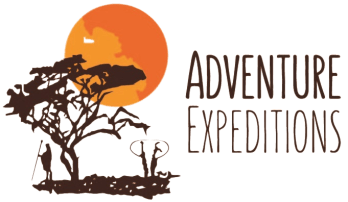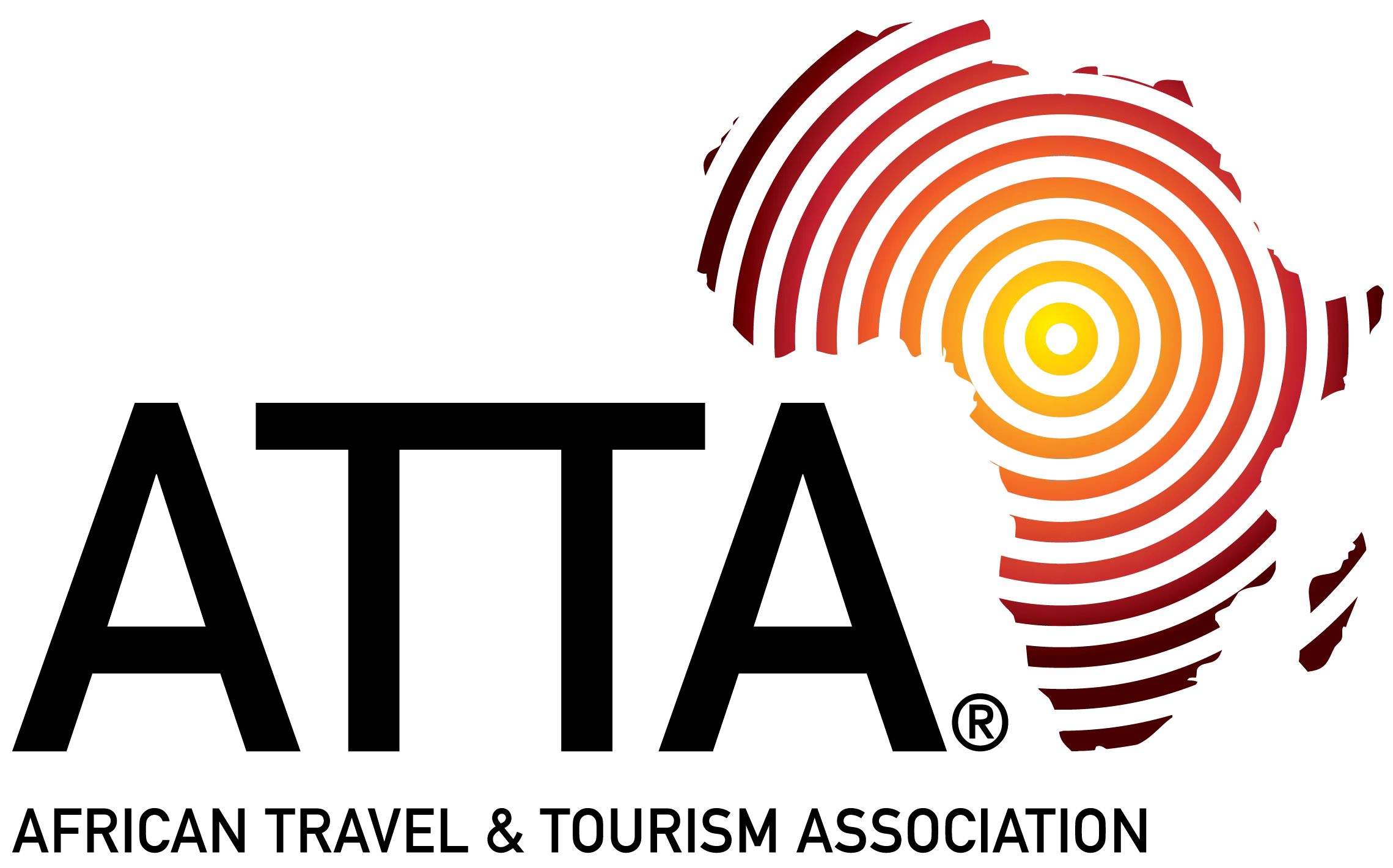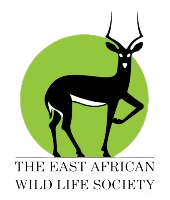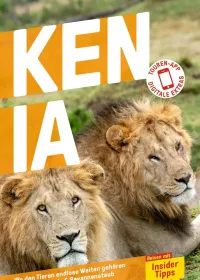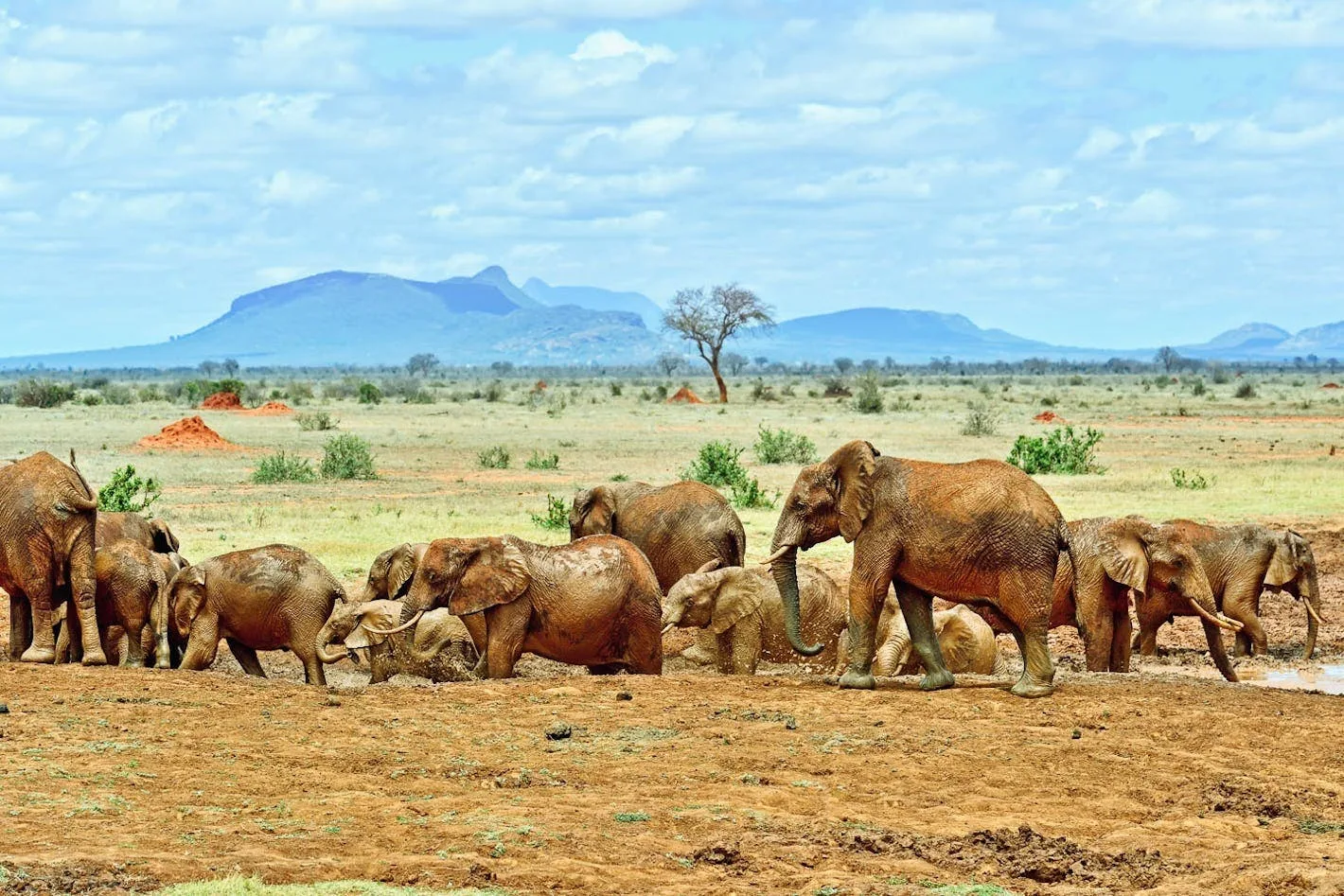
The region of Samburu has a different landscape to that of the Maasai Mara. It is much more arid, and the only major source of water is the Ewaso Nyiro River, which provides a lifeline for the region. This environment has meant that it is home to creatures that have adapted to living here. There is a group of five animals called either the Samburu Special Five or the Northern Five, which are not found elsewhere in Kenya. While on a safari with Adventure Expeditions, you can seek out the Northern Five.
Gerenuk
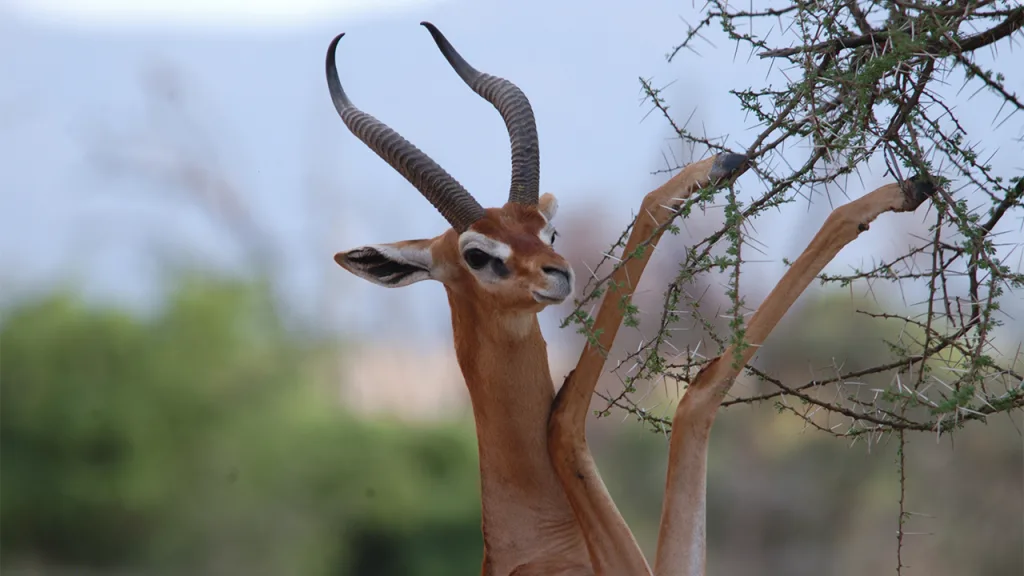
The gerenuk, also known as the giraffe gazelle, is a slender antelope with a remarkably long neck and legs, perfectly adapted to the arid Samburu landscape. Its name means “giraffe-necked” in Somali, reflecting its ability to stand on its hind legs to browse high foliage, reaching leaves other antelopes cannot. Gerenuks have large, expressive eyes and small, pointed horns in males. They are highly selective feeders, preferring tender shoots and leaves, and can survive without drinking water by obtaining moisture from plants. Spotting a gerenuk gracefully stretching to feed is a unique safari highlight.
Reticulated Giraffe
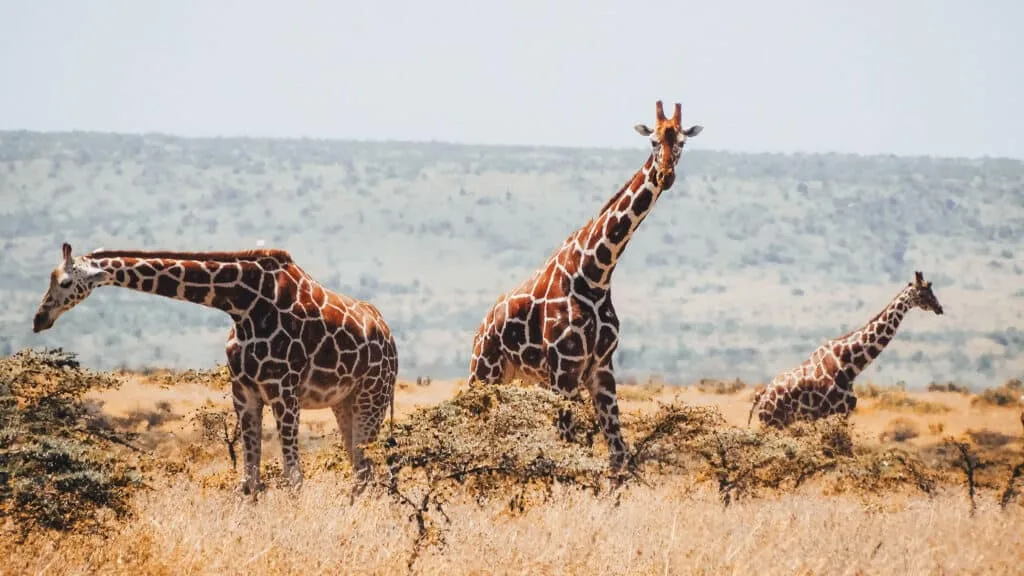
The reticulated giraffe is instantly recognizable by its striking coat, featuring a network of sharp, polygon-shaped patches separated by bright white lines. Found in the dry savannas of Samburu, this giraffe species uses its long neck to feed on acacia trees, skillfully avoiding thorns with its prehensile tongue. Standing up to 18 feet tall, it’s one of the tallest land animals. Reticulated giraffes are social, often seen in loose groups, and their distinctive pattern provides excellent camouflage among the region’s sparse vegetation.
Grevy’s Zebra
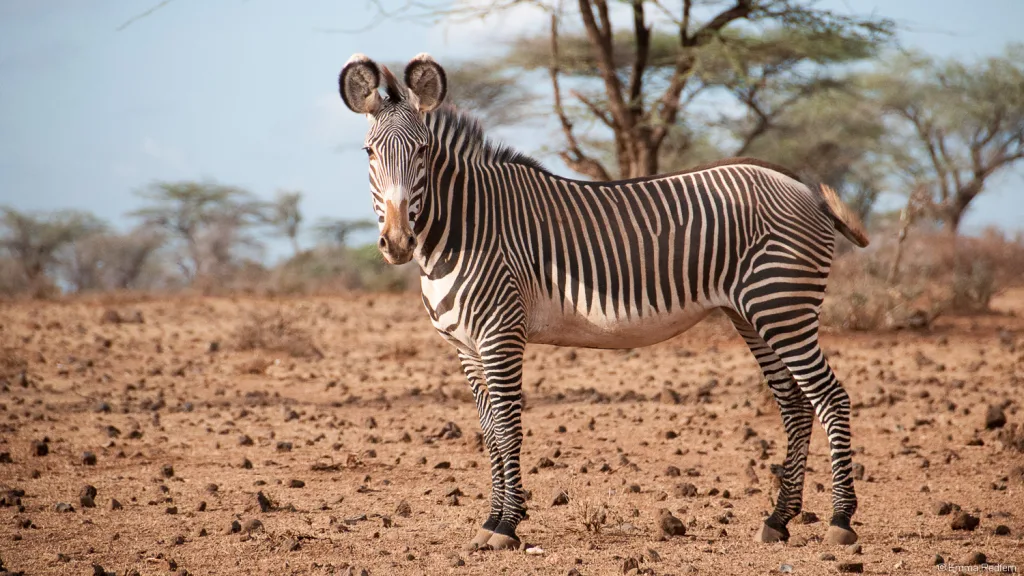
Grevy’s zebra, the largest and most endangered of the zebra species, boasts narrow, closely spaced stripes that create a dazzling pattern. Unlike its more common cousin, the plains zebra, Grevy’s zebras have a white belly and a rounder snout. They are well-suited to Samburu’s arid conditions, capable of traveling long distances for water and grazing on tough grasses. These zebras live in small, fluid groups and are known for their striking appearance, making them a favorite among safari-goers.
Somali Ostrich
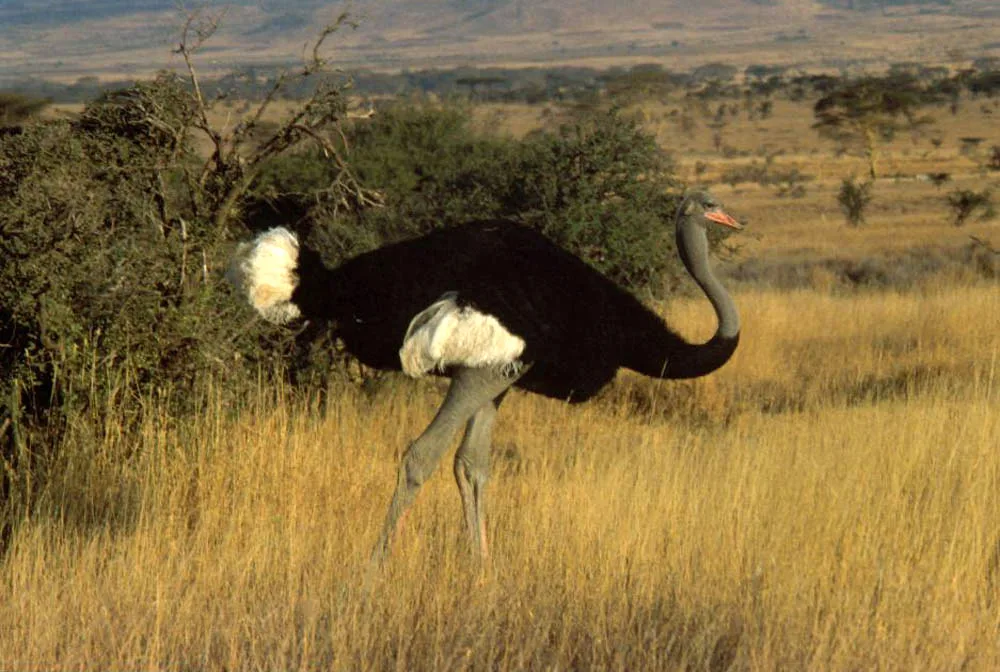
The Somali ostrich, a distinct species from the common ostrich, is a towering bird with vibrant blue-gray skin on its neck and legs, especially vivid in males during mating season. Adapted to Samburu’s harsh environment, it can run at speeds up to 40 miles per hour, using its powerful legs for both mobility and defence. Unlike other ostriches, the Somali ostrich has a more solitary nature and feeds on sparse vegetation and insects. Its massive size and unique coloration make it a standout in the Northern Five.
Beisa Oryx
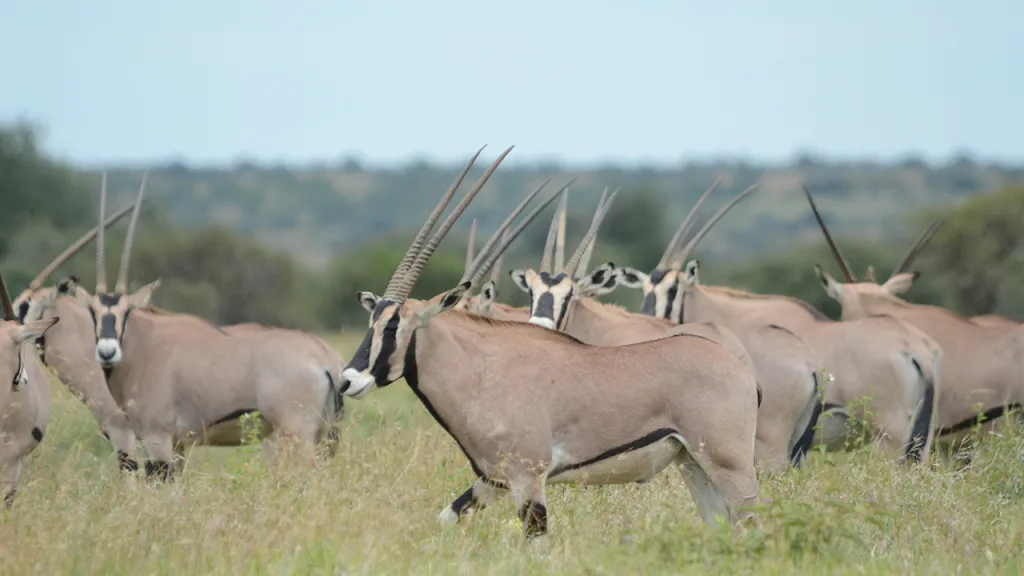
The Beisa oryx, a robust antelope, is built for survival in Samburu’s dry plains. With its long, straight horns and elegant black-and-white facial markings, it’s a striking sight. The oryx can withstand extreme heat and go without water for long periods, relying on moisture-rich plants. Its pale coat reflects sunlight, aiding thermoregulation. Often seen in small herds, the Beisa oryx is vigilant against predators, using its sharp horns for defence. Its resilience embodies the spirit of the Samburu’s rugged landscape.
